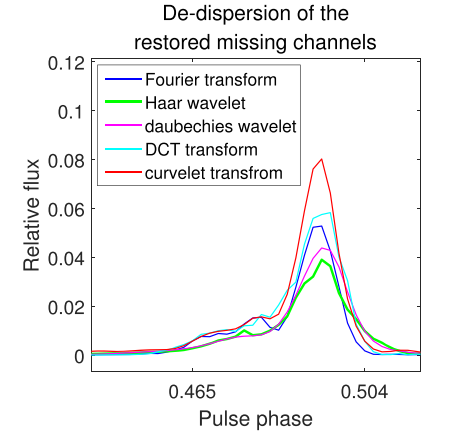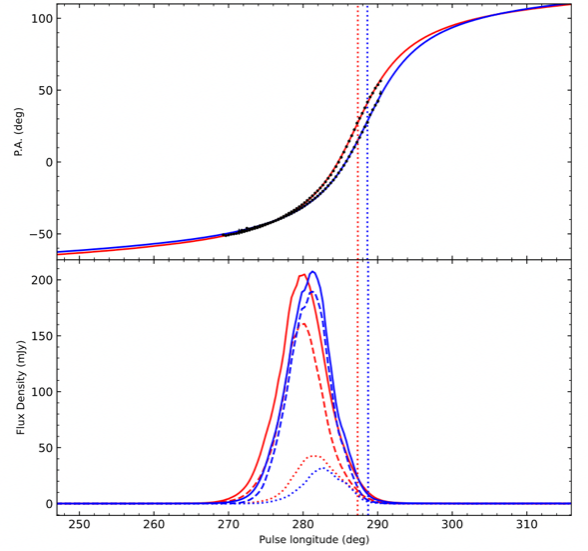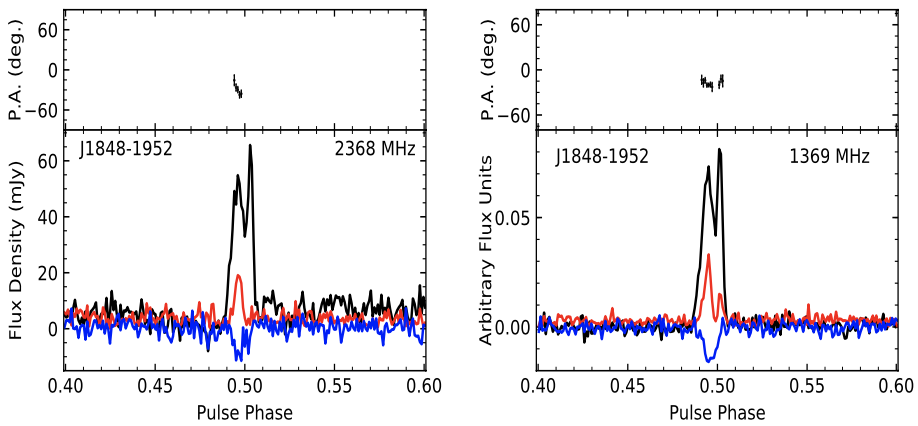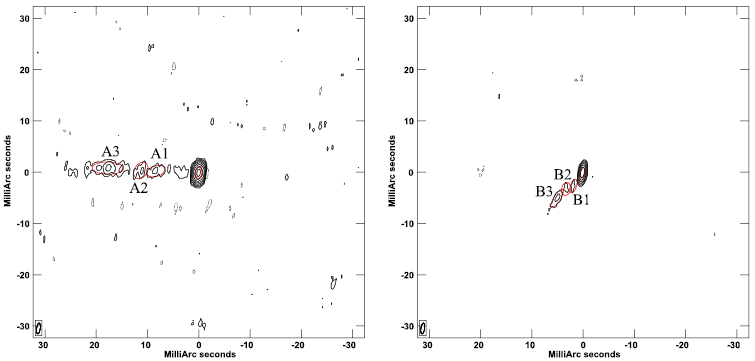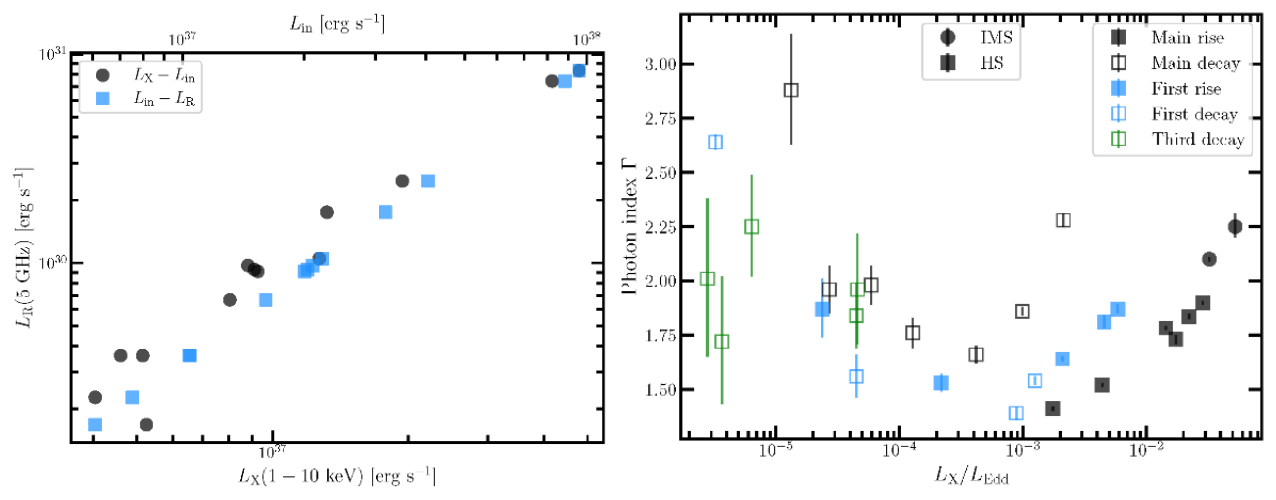Aug 21, 2022
Secondarily Einstein arc produced by companion galaxies discovered for the first time in a galaxy-quasar double-image gravitational lens
researchers detected and verified the existence of a secondarily-lensed Einstein arc caused by its companion galaxy in the CLASS lens B1152+199, by analyzing the Hubble Space Telescope (HST) optical-near-infrared tricolor images and the ...A research team led by Dr. ZHANG Ming from the Galaxy Cosmology Group at Xinjiang Astronomical Observatory (XAO), Chinese Academy of Sciences (CAS), detected and verified the existence of a secondarily-lensed Einstein arc caused by its c...


